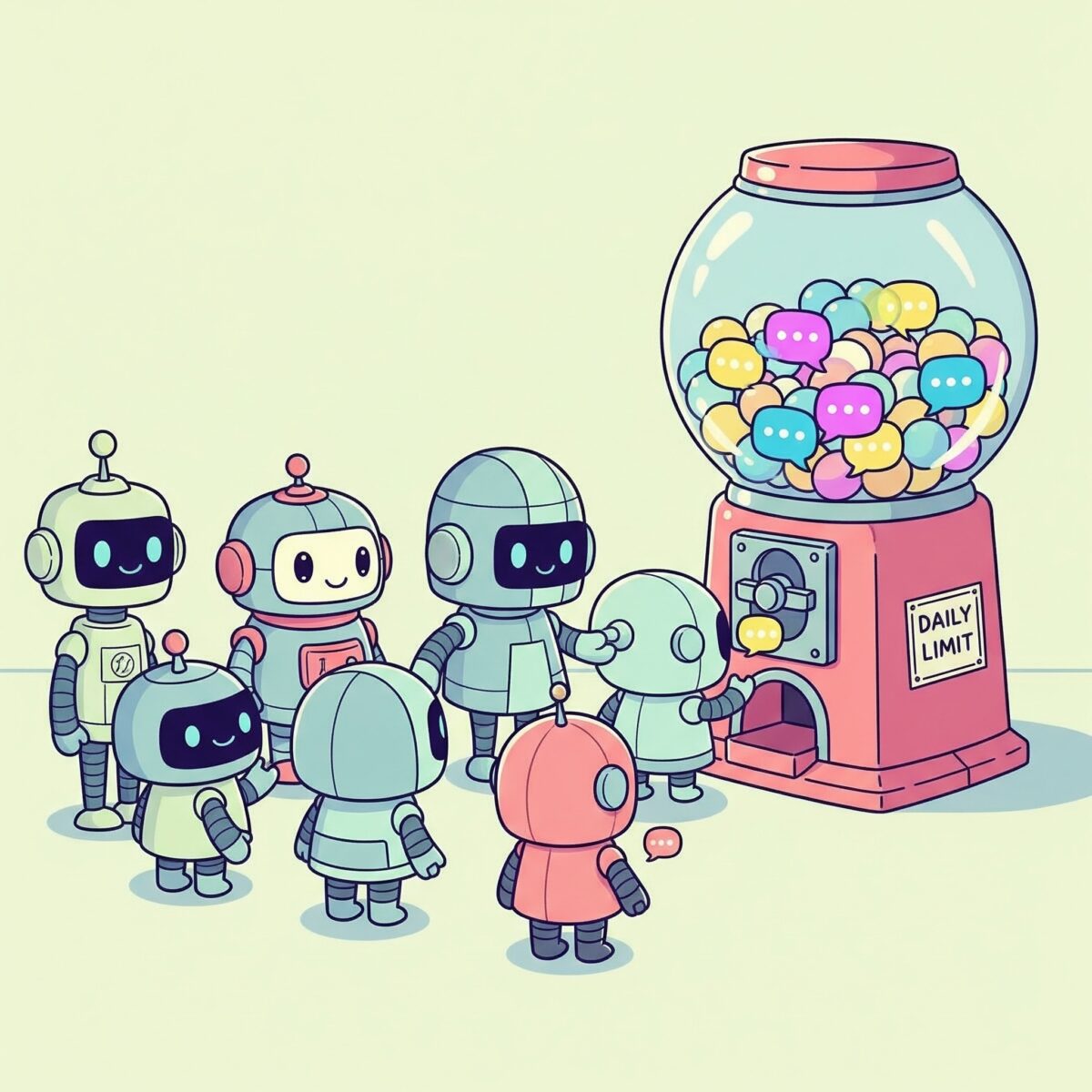Tag: Artificial Intelligence
-

ChatGPT User Limits for Plus, Team, and Enterprise Users (2025 Guide)
A clear guide to ChatGPT User Limits in 2025 — including GPT-5, GPT-4 family, o3/o4-mini, and more. Learn the exact message caps for Plus, Team, and Enterprise plans, how resets work, and practical tips to avoid hitting limits.
-
o1: OpenAI’s New AI Model for Complex Problem Solving
Artificial Intelligence (AI) has been evolving at an unprecedented pace, and at the forefront of these innovations is OpenAI. Their latest release, the o1 model, represents a significant leap in AI capabilities. Unlike previous iterations that focused on providing fast, surface-level responses, the o1 model takes a different approach by prioritizing reasoning over speed. In…
-
Unlocking AI’s Potential: Strategies from High-Performing Organizations for Workforce Transformation
Artificial Intelligence (AI) is no longer a futuristic concept; it’s a present-day force fundamentally reshaping how organizations operate and compete. Beyond automating tasks, AI offers a profound opportunity to reinvent work, enhance culture, and accelerate innovation. But unlocking this potential requires more than just implementing technology—it demands strategic leadership and intentional cultural change. This post…
-
Was sind Fake News? – Lass dich nicht täuschen!
Fake News sind ein mächtiges Werkzeug, das dazu verwendet wird, die Öffentlichkeit zu täuschen, oft mit erheblichen Konsequenzen. Mit dem technologischen Fortschritt wächst die Fähigkeit, überzeugende, aber völlig falsche Informationen zu erstellen, was es zunehmend schwierig macht, Fakten von Fiktion zu unterscheiden. 🔗 Teste deine Fähigkeiten mit unserem Real or Fake-Quiz! Was sind Fake News?…
-
How to Spot Fake News This Election: Test Your Detection Skills
Fake news is a powerful tool used to mislead the public, often with significant consequences. As technology advances, the ability to create convincing, yet entirely false, information has grown, making it increasingly challenging to distinguish fact from fiction. 🔗 Test your skills with our Real or Fake quiz! What is Fake News? Fake news refers…
